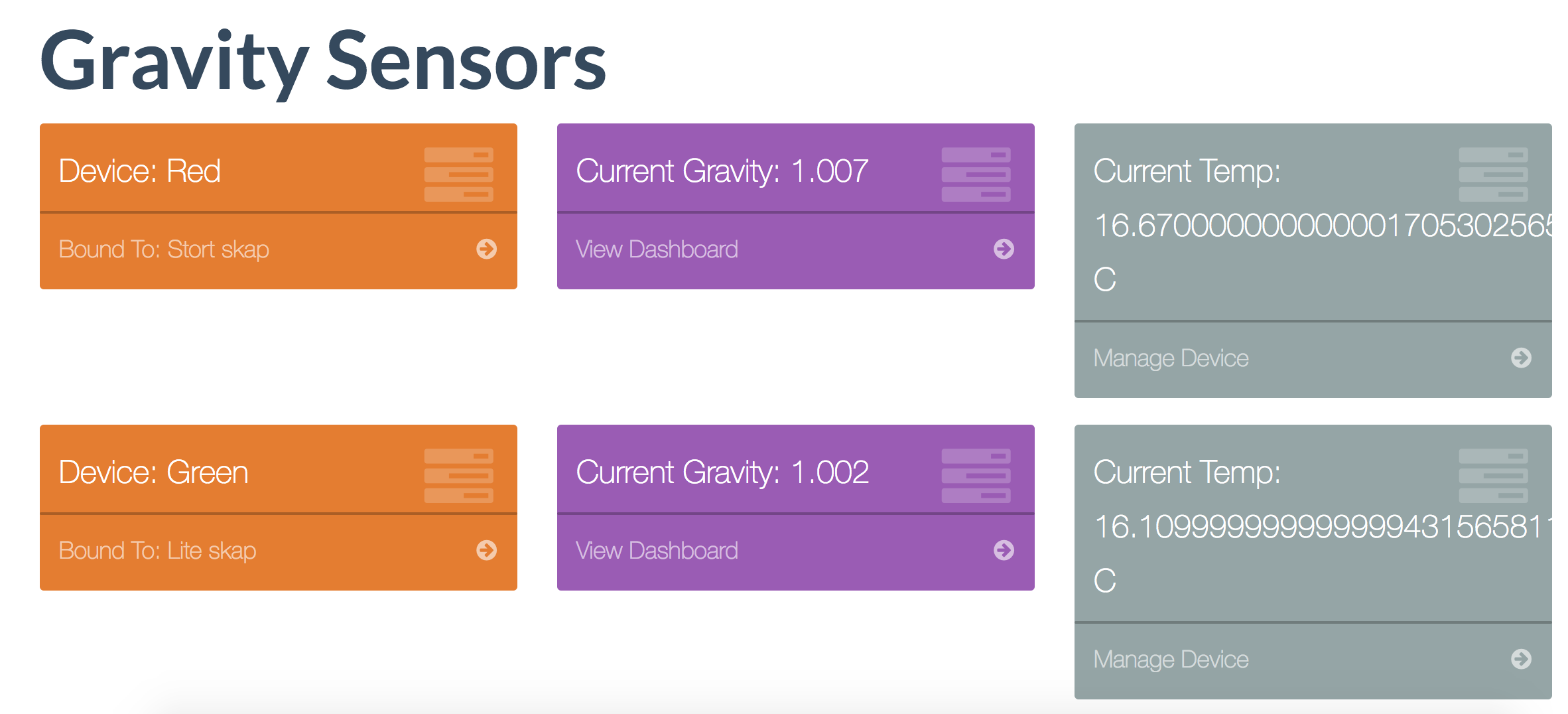I'm fed up with my orphaned BrewBit controller. It's stuck on an old firmware version with a bug that causes the probes to read 999F if they drop below 32F, and I just froze 12 gallons of bitter. I've had all of the parts to build a BrewPi controller (RPis, SSRs, Arduino, etc.) so I'm ready to build it and chuck the BrewBit.
I use a Tilt, so I was happy to see that they are now supported. I was planning to use a Pi Zero W for the webserver, and I already have another Zero W that's running the TiltPi software that's reporting the temperature and gravity to brewstat.us.
1) Do I need two PZWs, or can a single Pi Zero W handle Fermentrack and the Tilt stuff?
2) If I only need one Pi, can I still upload the Tilt data to brewstat.us?
Thanks for any help you can offer!
1. One should be fine, but I haven't tested this. You may need to change the port for either Fermentrack (or brewpi-www) or the Tilt software.
2. Yep, shouldn't be an issue. Just run both BrewPi-www (or Fermentrack) and the software you want to do the upload to brewstat.us.























































![Craft A Brew - Safale S-04 Dry Yeast - Fermentis - English Ale Dry Yeast - For English and American Ales and Hard Apple Ciders - Ingredients for Home Brewing - Beer Making Supplies - [1 Pack]](https://m.media-amazon.com/images/I/41fVGNh6JfL._SL500_.jpg)






